13/11/2011 @ 03:12:50: Neptune: What rental cars you have driven in the past
The standard drive-axle has a conventional (open) differential. Suburbans haven’t had a limited-slip differential (LSD) since circa 1972.
If the Suburban was two-wheel drive, then it would have had two-wheel electronic traction control. Four-wheel electronic traction control is only available on four-wheel drive models (this applies to any 4x4, regardless of make).
The average garden variety limited-slip differential (which uses simple clutches to limit excessive wheelslip and to transfer torque) has largely been replaced by electronic traction control, as electronic traction control outperforms it in almost every category. Furthermore, if (emphasis on "if") programmed with clever anti-slip logic, electronic traction control can offer torque control capability very close to that of a differential lock or locking differential.
The rounded-line generation from 73-87 (-91) introduced the first automatic differential lock (ADL), also known as the automatic locking differential (ALD), or "Gov-loc". Gov-loc is an unofficial name, as neither GM nor Eaton (the company that designed the locking mechanism) formally called it that.
Here is the automatic differential lock (ADL) from my rounded-line Chevrolet V-10 Fleetside. The design has been refined over the years since 1973, but it still works and performs in the same manner:

There are many ways to check if the vehicle has the ADL, but here are the two most common ways: You could check the Suburban’s regular production option (RPO) code list. If you see the code "G80", then it has the ADL.
Another way involves are large open parking lot paved with tarmac or concrete. Start the engine, and select any forward gear (also works in reverse). Turn the steering wheel to the hard left or hard right (doesn’t matter). Drive around in a tight circle with light, even throttle being applied. Shortly you may hear a small "clunk" sound, that clunk is the differential locking itself.
You will also hear the inner wheel begin to "bark" or "chirp" as the tire is forced to skip across the pavement to keep up with the outer wheel. Vehicle handling is also reduced, turning is made difficult as both rear drive-wheels want to push straight-ahead. You would not notice any of these negative attributes off road however.
If the Suburban was two-wheel drive, then it would have had two-wheel electronic traction control. Four-wheel electronic traction control is only available on four-wheel drive models (this applies to any 4x4, regardless of make).
The average garden variety limited-slip differential (which uses simple clutches to limit excessive wheelslip and to transfer torque) has largely been replaced by electronic traction control, as electronic traction control outperforms it in almost every category. Furthermore, if (emphasis on "if") programmed with clever anti-slip logic, electronic traction control can offer torque control capability very close to that of a differential lock or locking differential.
The rounded-line generation from 73-87 (-91) introduced the first automatic differential lock (ADL), also known as the automatic locking differential (ALD), or "Gov-loc". Gov-loc is an unofficial name, as neither GM nor Eaton (the company that designed the locking mechanism) formally called it that.
Here is the automatic differential lock (ADL) from my rounded-line Chevrolet V-10 Fleetside. The design has been refined over the years since 1973, but it still works and performs in the same manner:

There are many ways to check if the vehicle has the ADL, but here are the two most common ways: You could check the Suburban’s regular production option (RPO) code list. If you see the code "G80", then it has the ADL.
Another way involves are large open parking lot paved with tarmac or concrete. Start the engine, and select any forward gear (also works in reverse). Turn the steering wheel to the hard left or hard right (doesn’t matter). Drive around in a tight circle with light, even throttle being applied. Shortly you may hear a small "clunk" sound, that clunk is the differential locking itself.
You will also hear the inner wheel begin to "bark" or "chirp" as the tire is forced to skip across the pavement to keep up with the outer wheel. Vehicle handling is also reduced, turning is made difficult as both rear drive-wheels want to push straight-ahead. You would not notice any of these negative attributes off road however.
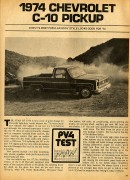

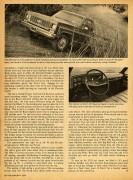
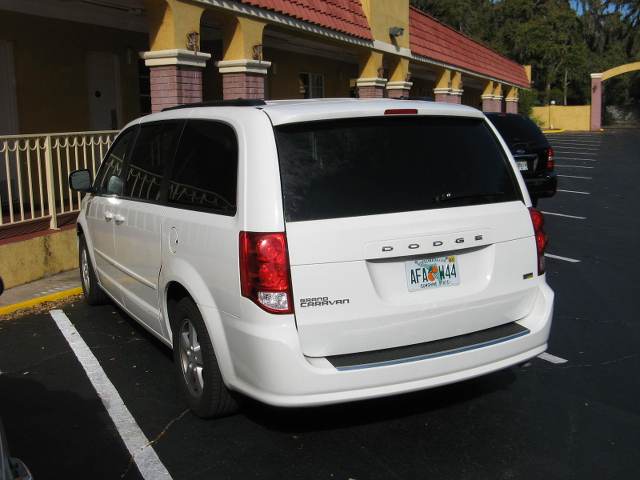
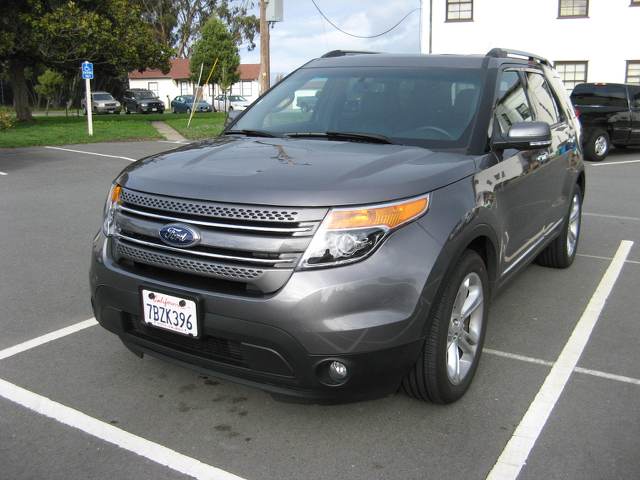
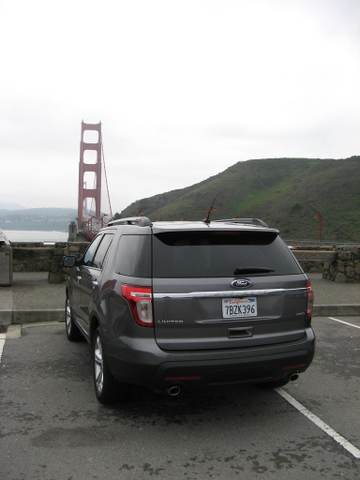









 ) a van for the moving:
) a van for the moving:
 )
)





